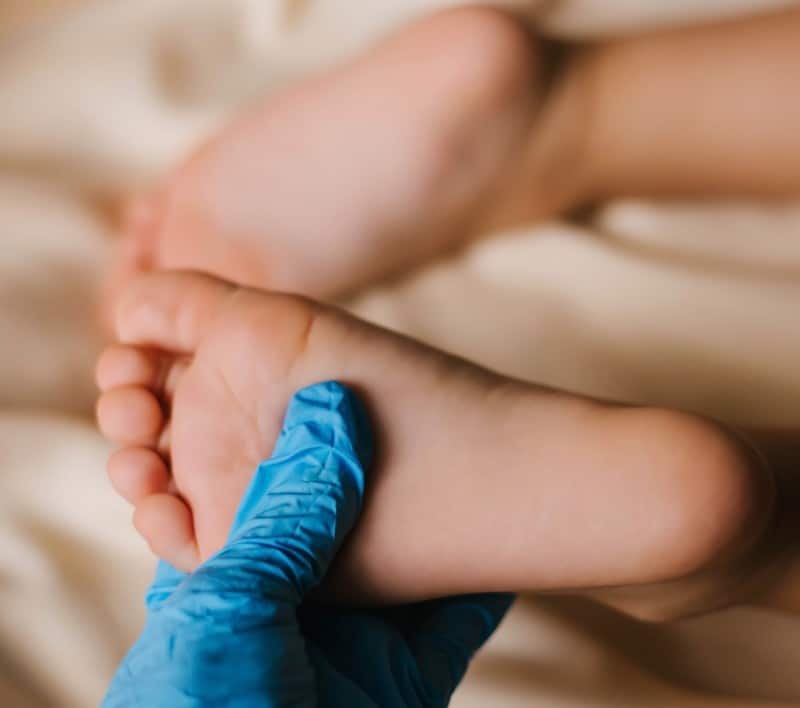Sever’s Disease: A Common Source of Heel Pain in Kids
Most children are constantly on the go, only stopping for a period of time to eat and sleep. This is a good thing, as it is important for children to stay healthy and active, and involvement in different kinds of sports and activities keeps them fit and helps build new skills and confidence. Along the way though, it is important as a parent to monitor their foot health and take action when they share that they have some discomfort. When they constantly complain of pain in their heels it could be more than a temporary bruise. It could be a common condition called Sever’s disease. This injury can be easily treated with no long-term effects, but it requires you to be proactive and seek treatment when symptoms first begin.
Behind the Pain
Also called calcaneal apophysitis, this heel injury happens to children and adolescents, particularly those who are active and regularly involved in sports. It also tends to occur during the time of a growth spurt. There is a growth plate where the Achilles tendon attaches to the heel that does not mature until around ages 12-14. During this time, rapid growth can pull on the Achilles tendon and connective tissue, making it quite tight. Overuse and repeated stress on the area can damage the growth plate, which can result in irritation, swelling, and pain at the back of the heel. This is how Sever’s disease develops.
If the stress on the foot is not eliminated, the pain will typically increase over time as the inflammation worsens. Your child may experience the pain at its worst during activity and feel it subside when resting. The back of the heel may be swollen and sensitive to the touch, and they may have a slight limp when weight is put on the foot. It can occur in one or both of the heels. Sports such as gymnastics, basketball, track, soccer, and tennis that involve a lot of running, jumping, and back and forth movements can lead to this type of heel pain. Poor-fitting shoes, standing for long periods of time, having flat feet, and obesity are other contributing factors.
Treating the Pain
Our first goal will be to relieve your child’s symptoms and discomfort. Dr. David Haddad can examine your child’s feet to confirm the presence of Sever’s disease or see if the pain is due to another problem. After that, the first line of defense is to take a break from any activity or sport that would add stress to the injury. Limiting activity is what will help the swelling go down and allow time for the tissues to heal and recover. Icing is another great help to reduce inflammation—this can be done for 15-20 minutes, two to three times a day. A wrap or brace to compress the foot is also beneficial. We often suggest some simple physical therapy exercises that your child can do to stretch out and strengthen the tightened tendons and muscles. Custom orthotics are another form of treatment. These inserts support and stabilize the foot during healing. It may take a few weeks to a few months for a full recovery, but following an appropriate treatment plan will ensure your child can return to their activities without pain.
The longer a problem goes untreated, the harder it can be to treat and the longer recovery may take. Contact Richardson Podiatry Associates if your child is complaining of heel pain, or if you notice new symptoms interfering with their ability to stay active. Call Dr. David Haddad at (972) 690-5374 or request an appointment online.

